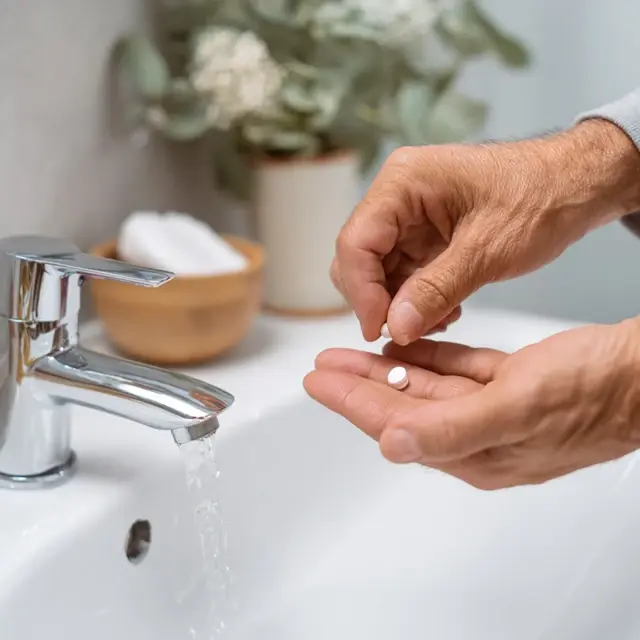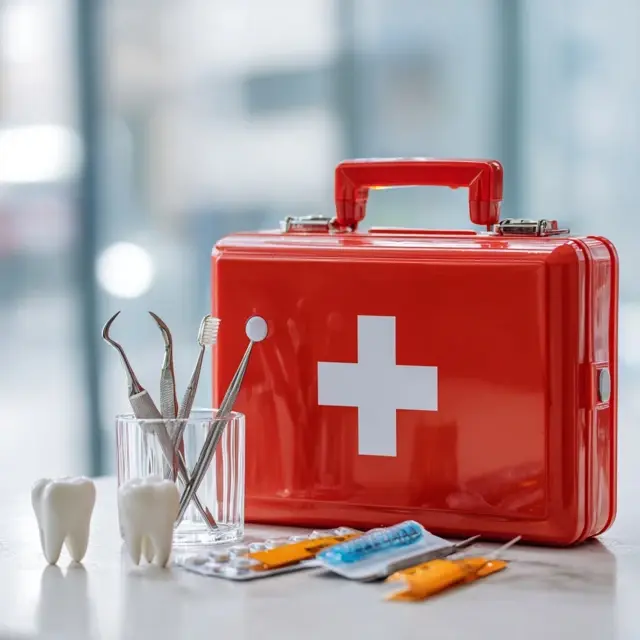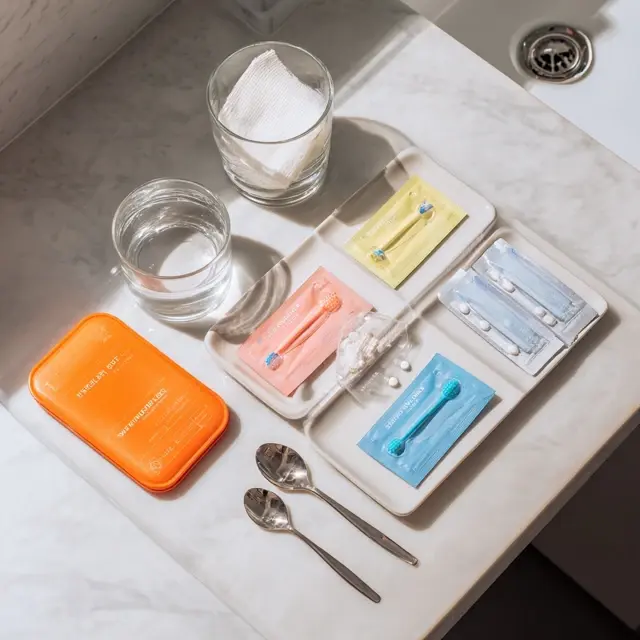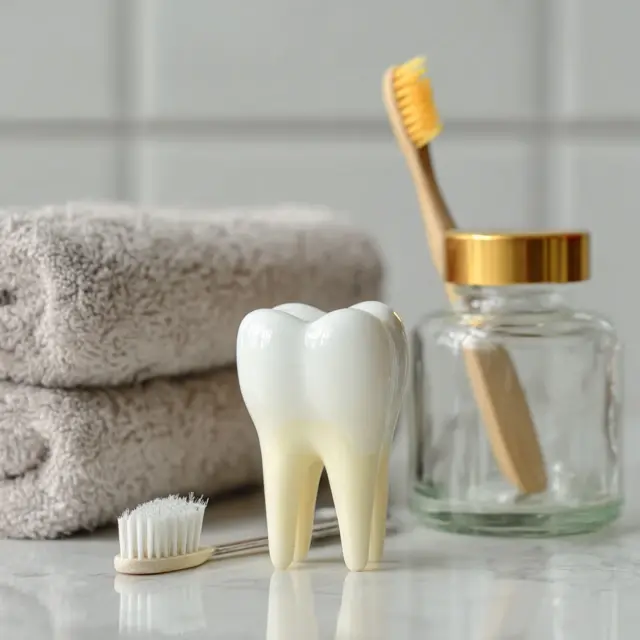Tooth Repair Kit Safety: Avoiding Common Mistakes
A tooth repair kit can be a lifesaver during a dental emergency, but using it incorrectly may create more problems than it solves. These kits are designed for temporary relief—not permanent fixes—so understanding how to use them safely is essential for protecting your oral health.
Why Safety Matters When Using a Tooth Repair Kit
Improper use of a tooth repair kit can lead to infection, worsening damage, or complications that make professional treatment more difficult. Knowing what mistakes to avoid ensures you get effective temporary relief without putting your dental health at risk.
Common Mistakes to Avoid
1. Using Too Much Material
Overfilling a cavity or applying excess cement may feel like added protection, but it can create uneven pressure on your bite and damage surrounding teeth.
2. Ignoring Oral Hygiene Before Application
Placing material on an unclean surface traps bacteria inside, leading to infection. Always clean and dry the affected tooth before applying any product.
3. Treating a Kit as a Permanent Solution
While effective for immediate relief, a tooth repair kit is not a substitute for professional dental work. Prolonged reliance can hide deeper issues.
4. Applying Material to the Wrong Area
Misplacing temporary filling material on gums instead of the tooth can cause irritation and pain. Follow instructions carefully for accurate placement.
5. Using a Kit Beyond Its Shelf Life
Expired materials may not bond properly, leading to weak protection and increased risk of failure. Always check expiration dates before use.
Safe Steps for Using a Tooth Repair Kit
- Wash hands and tools: Start with clean hands and sanitized tools.
- Clean the tooth: Rinse gently with water or mouthwash to remove debris.
- Dry the area: Use a cotton pellet or tissue to keep the surface dry.
- Apply sparingly: Use only the recommended amount of filling or cement.
- Follow instructions: Each brand has specific guidelines—stick to them closely.
When to Seek Professional Dental Care
Even if the kit provides relief, it’s critical to schedule a dentist appointment if you experience:
- Persistent or worsening pain
- Swelling or bleeding
- A broken crown or large fracture
- Signs of infection such as fever or pus
Extra Tips for Safe Use
- Store your kit in a cool, dry place to maintain quality.
- Practice with non-emergency applications to familiarize yourself.
- Keep the kit accessible in both home and travel first aid boxes.
Related Resources
For more advice on managing dental emergencies, check our guide on emergency dental preparedness and our article on best dental kits for home use.
Final Thoughts
A tooth repair kit is a valuable tool for short-term relief, but only when used correctly. By avoiding common mistakes and following safe practices, you can protect your teeth and make your next dental visit smoother and more effective.




